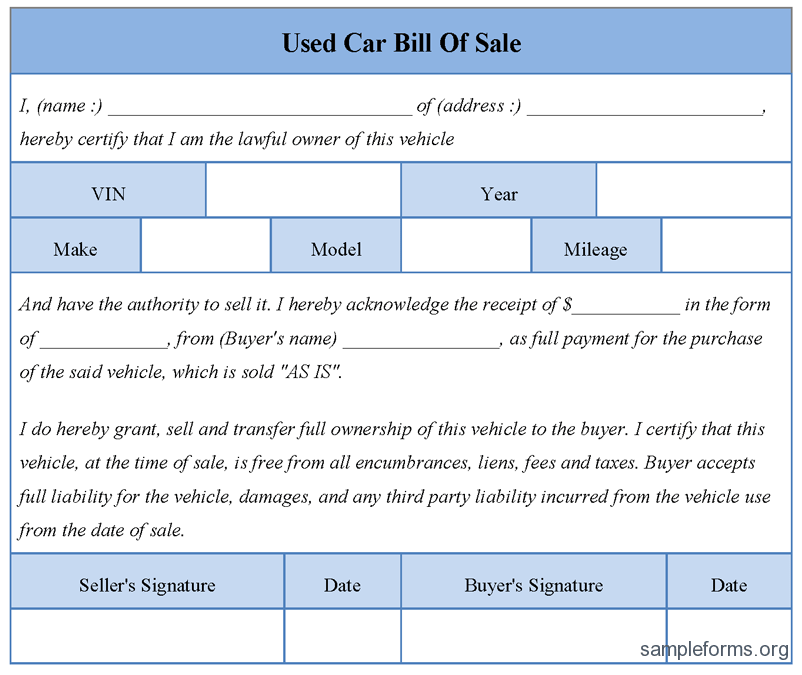

In this scenario, the buyer pays the seller for the vehicle, and, in turn, the seller reimburses the lienholder. The owner can still sell the car even if they have not paid their lienholder. In the other forty-one (41) states, the lienholder has possession of the title until the owner pays the loan.

Residents living in title-holding states (Kentucky, Maryland, Michigan, Minnesota, Missouri, Montana, New York, Oklahoma, and Wisconsin) have possession of the document, even if they have not paid off the loan for the car. Create an organized binder containing the bill of sale, title, vehicle history reports, license plate(s), maintenance records, warranty documents, and other relevant forms. Step 2 – Gather DocumentsĪfter washing the vehicle, collect the necessary paperwork. If the seller does not have time to wash it themselves, they can take it to a professional detailer. Taking this step increases its value and makes it more appealing to buyers. The owner should prepare the car by giving it a thorough interior and exterior clean. Use the following six (6) steps as guidance when selling a car.

A bill of sale is a form used to prove that a buyer received an object through cash, trade, or gift from a seller.


 0 kommentar(er)
0 kommentar(er)
